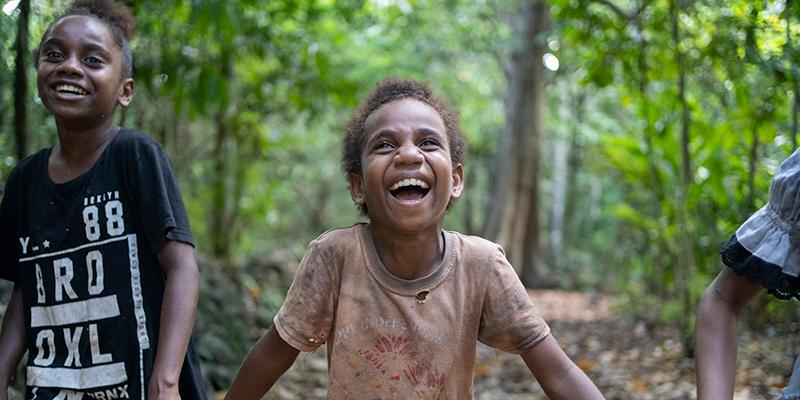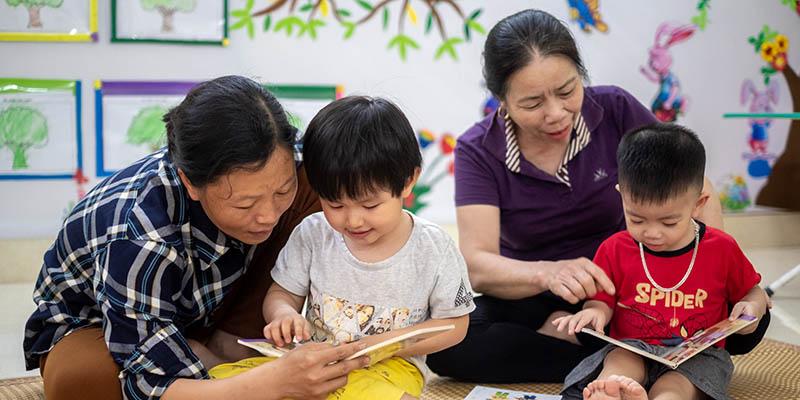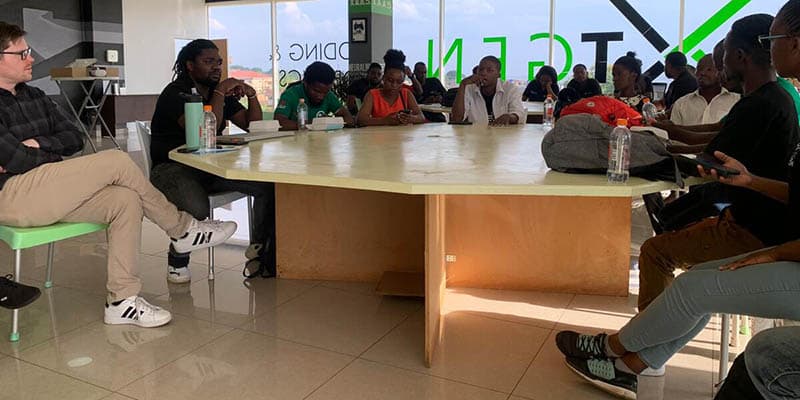
Tips for How to Talk to Kids About Racism and Social Justice
Every child has the right to grow up healthy, educated and safe – regardless of race, gender or socioeconomic status. Systemic change to end racism is essential to achieving this vision.
Save the Children was founded over 100 years ago to fight for universal values and children’s rights. However, we also live in a society that still suffers from a legacy of institutional racism. The past year has been an especially difficult one for America, and for anyone who believes in and is fighting for a more just world.
Save the Children remains committed to fighting for what is right and against injustices. We proudly stand in solidarity with the Black communities, the Asian American and Pacific Islander community and all communities targeted by racism, sexism, ableism, xenophobia, homophobia and other forms of discrimination..
As you seek ways to navigate conversations with children in your life about recent events, including violence, and race in America, we are here for you. We know that talking to kids about racism and social justice are not always easy conversations to have, nor are they a one-time occurrence. There is also no unique individual or organization that holds all the answers to every question that may arise. But we encourage you to use the following tips to start a conversation or as a continuation, aimed at helping children to better understand what is happening around them.
- Reflect on what you know. Start with an acknowledgement that your own beliefs and understandings of race, inequalities, class and identity are important. Your lived experiences, your level of privilege and how you interpret the current events may influence how you talk to your children about such topics. Before starting a conversation explaining racism to kids, take the time to educate yourself and reflect.
- Do your research. You’re not expected to be an expert, but take it upon yourself to get informed. These are topics that are difficult for a variety of reasons – understand this is a learning process, and we all have something to learn.
- Acknowledge what you don’t know. If you don’t know how to answer a question your child poses, that’s okay. Reassure your child that you’ll look into it, and see if you can learn together with your child. Encourage your child to continue to ask questions.
- Limit exposure to media and social media. Protests are occurring right now over racism across our nation. Protests have occurred throughout history to express feelings over conflict, violence, injustice, discrimination, inequality and more. To peacefully assemble is a protected right in the United States and is a way to stand together and make your voice heard.
It is important for your child to understand what is happening, but also understand that the images and stories portrayed on the news and social media can cause anxiety and fear in both children and adults. It’s encouraged to limit exposure based on what you feel is right for you and your family.
- Listen and encourage your child. What are the questions your child is asking? What do they already know, and what are they concerned or worried about? Share age-appropriate and diverse books, stories and movies about different societies, cultures and ideas with your child and allow and encourage them to speak freely about social justice, injustice and other issues.
- Monitor your child’s emotions. Understand when your child may become overwhelmed and adjust as needed. Let them know that you’re going to keep talking about these issues and they should, too.
- Correct misinformation. Correct misperceptions and misinformation the world has about people who are of a different race. Help your child better understand that no one is less human than another, and we should treat everyone fairly, with respect and kindness.
- Talk about race in age-appropriate ways.
- For preschoolers: At this age, your child may begin to notice and point out differences in the people around you, like when you’re at the park. If your child asks about someone's skin tone, you might say, "Isn't it wonderful that we are all so different!" You can even hold your arm against theirs to show the differences in skin tones within your family.
- For elementary school children: This is the age that is important to have open talks with your child about race and racism. Discussing these topics will help your child see you as a trusted source of information on the topic, and he or she can come to you with any questions.
- If your child makes comments or asks you questions about race based on school incidents or something they read or watched: Further the discussion with questions such as, "How do you feel about that?" and "Why do you think that?" This is also helpful if your child heard something insensitive. Before responding to his or her statement or question, figure out where it came from and what it means from his or her perspective.
- Acknowledge what your child is feeling. It’s okay to have a lot of different feelings about what is going on in the world. Your child may feel scared, shocked, angry, sad and confused. Encourage them to talk about these feelings with someone they trust, or use art or movement to help them express how they feel.
- Be patient. If your child isn’t able to express how they feel or things don’t make sense, that’s okay, too – it can take time to process what is going on.
- Be a good role model. As children grow beyond their early years, they begin to more consistently reflect the views and behaviors of the people who mean the most to them. They typically look to family members, but also learn from teachers, coaches, and the views – explicit and implicit – that they are exposed to in the media. Stereotyping, jokes at the expense of others, subtle and not-so-subtle remarks of displeasure or disdain can shape children's views. The absence of positive expression or images matter as well, so model thoughtful, inclusive behavior.
- Recognize what’s in your power. Think about what you can personally do to take action and stand up for what is right.



